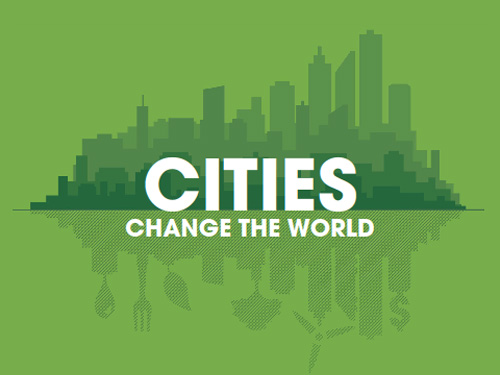World demographic prospects suggest that cities need to grow more compact. But are dense cities really liveable and sustainable? Negative externalities to urban intensification need to be examined with care in order to find adapted solutions. Environmental Design instruments can play a crucial role in this perspective, as Hong Kong shows1.
Despite the fact that Hong Kong is top ranked in economic competitiveness, life expectancy, and in its public transit system, the Asian world-city suffers from environmental risks, such as stagnant air, noise and urban heat resulting from its high building density, representing a persistent threat to quality of life and health of the urban population. Thus, the City-State operates a system of environmental urban design control with the goal of protecting “public goods” (air, views, etc.) with scientific precision. Design innovations are experimented in public-funded pilot projects and experiences spill over to the private sector and the community.
Regulating environmental urban design: instruments
A combination of regulations, incentive schemes, and voluntary guidelines accounts for the regulation of Hong Kong’s environmental Urban Design. The Air Ventilation Assessment is a regulatory procedure for major (re)development projects in order to enhance air ventilation at pedestrian level. Using a wind tunnel test or computer simulation, a design scheme needs to prove that it does not obstruct pedestrian-level wind in the neighborhoods. The procedure has become mandatory for major public-funded projects and intends to influence all future planning. The Sustainable Building Design Guidelines (SBD) promote key features such as building separation, building setback and on-site green coverage in order to enhance air ventilation and mitigate urban heat island effect. Compliance to SBD is awarded with a bonus in Gross Floor Area as an incentive. It combines with the Hong Kong BEAM Plus Assessment Certification. The Guidebook on Urban Microclimate Study aims to provide professionals with knowledge and inspiration about urban microclimate. The Urban Design Guidelines promote public awareness on the shaping of the physical environment in aesthetic and functional terms, at different scales. In general, technologies such as computer simulation are used in early stage design, when revisions are less costly. It helps decision-makers to compare impacts of various design options and identify potential problem areas. But they are also adopted to underpin performance-based standards and to visualize technical results for the general public. Simulation software such as CityComfort+ developed by the Sustainable High Density Cities Lab can assess pedestrian thermal comfort and various microclimate attributes at fine spatial and temporal resolution. Non-technical users can test the performance of various design options.
Hong Kong, a laboratory for dense cities
Hong Kong’s achievements are inextricably linked to its system of environmental urban design, spearheaded by the public sector in design innovation; experience trickles down to the private sector and the community. New technologies and sensors enable design practitioners to achieve goals with scientific precision. Hong Kong is a living laboratory for other dense cities and its lessons and experiences offer confidence that a high-rise high-density urban environment, if properly designed, may offer a viable solution for ‘good’ density.
Jianxiang Huang, Mengdi Guo, Anqi Zhang et Tongping Hao
Sustainable High Density Cities Lab (SHDC Lab), University of Hong Kong
1. This article is a significantly shortened version by L’Institut Paris Region of the original draft article received August 2018.

